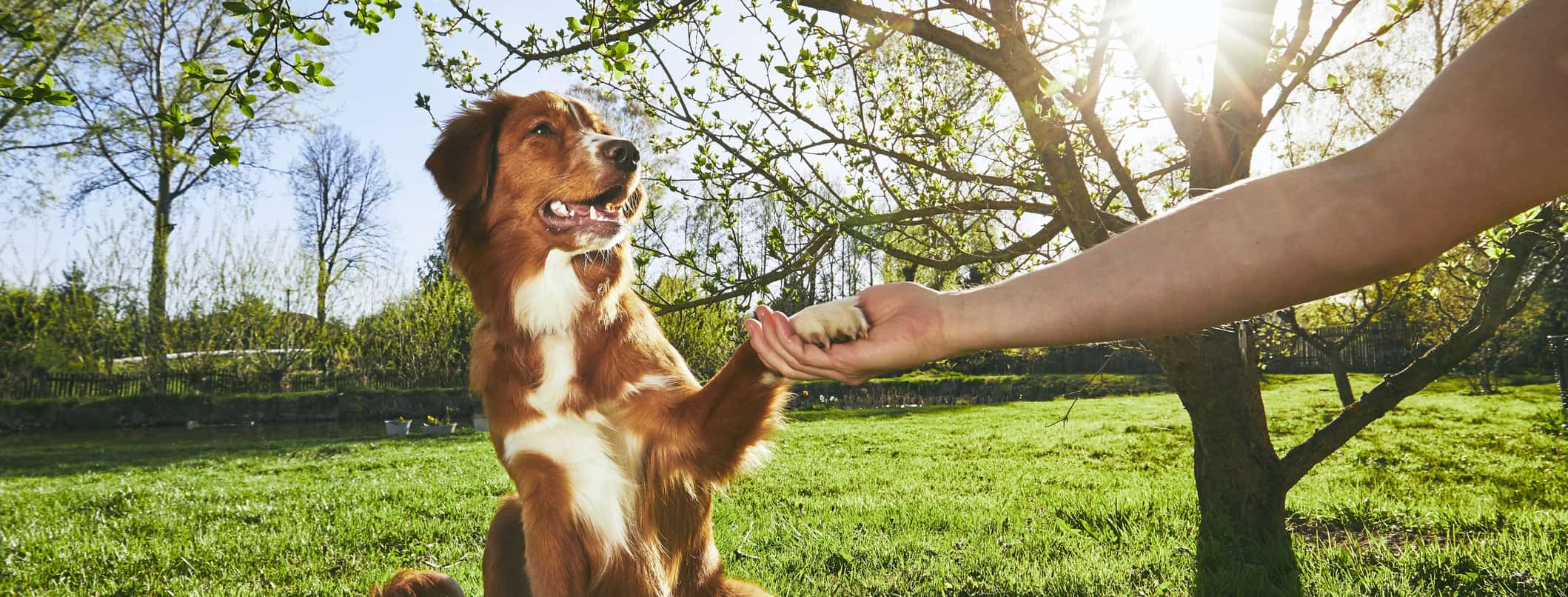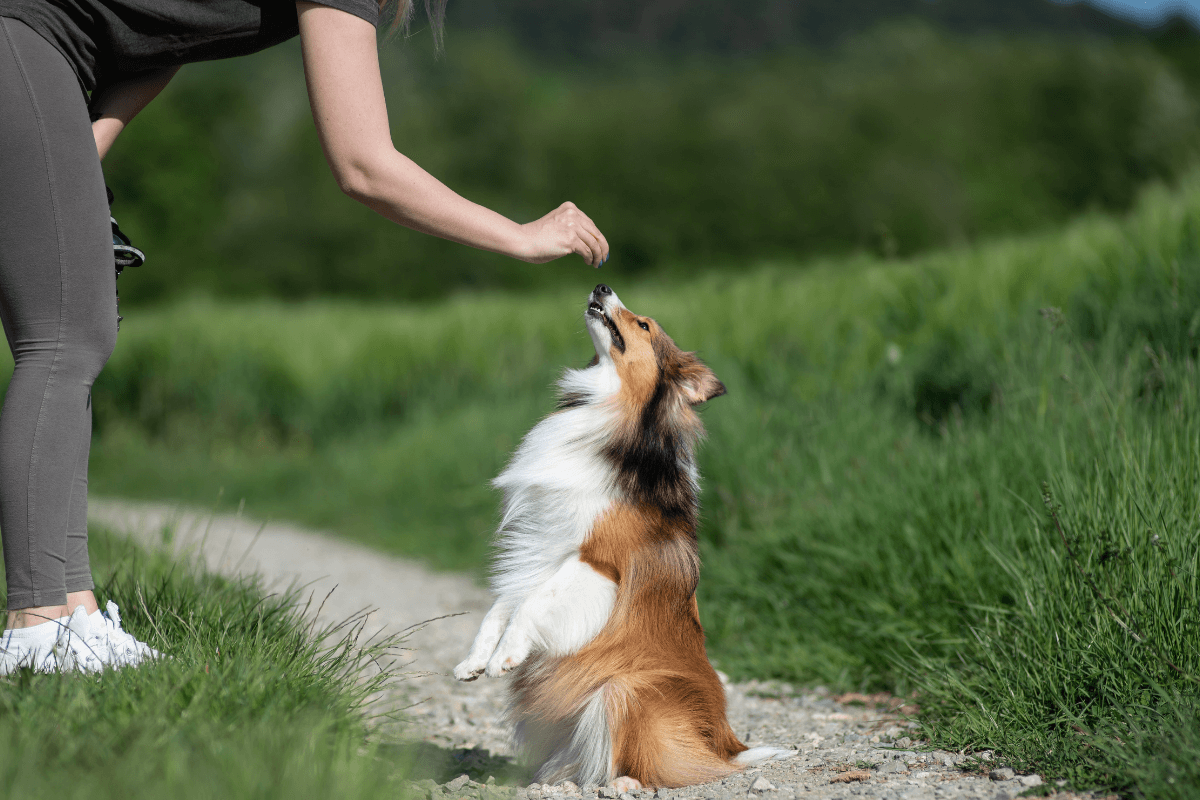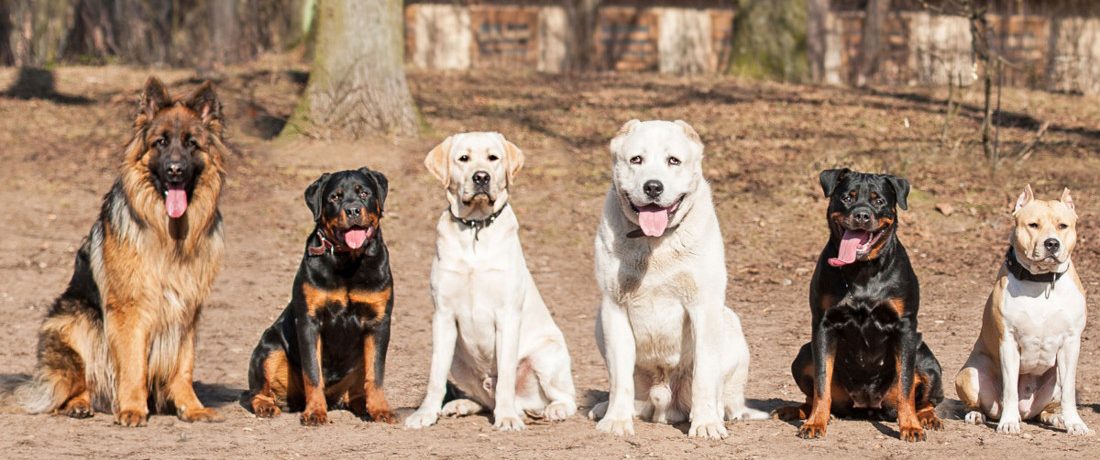How to Integrate Games into Your Dog Training Routine
How to Integrate Games into Your Dog Training Routine
Blog Article
Necessary Tips for Effective Dog Training: An Overview for Pet Dog Owners
Reliable pet training is a complex process that needs a critical method customized to both the animal's temperament and the owner's purposes. Key elements such as developing consistent commands, using positive reinforcement, and promoting very early socialization play crucial duties in promoting a well-adjusted canine friend. Lots of pet owners run into obstacles that can impede progression, leading to frustration and unpredictability. Comprehending just how to browse these obstacles can substantially enhance the training experience, ultimately transforming the relationship in between owner and pet. What are the essential methods that can be used to ensure success in this venture?
Understanding Canine Actions
Understanding canine behavior is important for efficient training and fostering an unified connection in between canines and their owners. Canines communicate largely via body language, vocalizations, and activities, making it essential for owners to translate these signals precisely. Acknowledging a pet's stance, tail position, and ear orientation can provide understandings into its psychological state. A wagging tail does not constantly indicate joy; it can additionally signal excitement or anxiety.

Socialization plays a substantial function in canine habits; exposure to different environments, individuals, and other animals can considerably affect a pet dog's character. Variables such as breed characteristics and individual temperament must lead training techniques, as some types might have certain behavior qualities that demand customized approaches. By comprehending these aspects, proprietors can develop a supportive environment that motivates positive actions, resulting in effective training end results and a deeper bond with their pet dogs.
Establishing Consistent Commands
Reliable interaction with your dog starts with establishing consistent commands. This fundamental element of training is essential for promoting understanding between you and your family pet. Consistency in the commands you utilize ensures that your pet dog can reliably link specific words or expressions with the preferred behaviors.
When selecting commands, pick clear, distinct words that are very easy to state and differentiate from each other. Avoid utilizing similar-sounding commands that may puzzle your canine. For instance, making use of "sit" and "remain" is ideal, yet "rest" and "struck" can result in misconceptions.
Furthermore, keep the exact same tone and volume for each and every command. Dogs are delicate to vocal signs, so differing your tone can develop confusion.
It is similarly essential to guarantee that all relative are on the exact same page concerning the commands utilized. A united front in command usage will protect against mixed signals and reinforce the understanding process.
Favorable Reinforcement Methods
The power of favorable support in pet training hinges on its capability to urge preferred habits through benefits and appreciation. This strategy is grounded in the concept that actions adhered to by desirable end results are much more likely to be repeated. By incorporating positive support right into your training regimen, you can successfully shape your pet dog's behavior in a constructive fashion.
To execute favorable support, it's necessary to determine what inspires your dog, whether it be deals with, playthings, or spoken praise. When your dog carries out a wanted action, such as remaining on command, promptly compensate them with a treat or affection. This association between the command and the positive result strengthens their understanding.
It's critical to timing the incentives correctly; providing the reinforcement within secs of the preferred behavior helps your canine make the connection (dog training). Furthermore, consistency is vital-- ensure that all household members utilize the same commands and benefit systems to prevent confusion

Progressively, you can decrease the frequency of treats as your pet dog learns the habits, transitioning to commend or intermittent incentives. This approach not just fosters a strong bond between you and your pet yet also my explanation advertises a favorable knowing setting, making training an enjoyable experience for both.
Socialization and Communication
Regularly subjecting your dog to blog a variety of environments, people, and various other pets is essential for their social advancement. Socialization needs to begin early, ideally throughout the crucial window of 3 to 14 weeks, when puppies are most receptive to new experiences. Nevertheless, older canines can also gain from recurring socialization initiatives.
Present your pet dog to different setups, such as parks, pet-friendly stores, and city locations. This direct exposure helps them adapt to various stimuli, minimizing anxiety and worry responses. Motivate positive communications with various other pets and people, making certain that these encounters are controlled and secure to promote confidence.
Make use of structured playdates with well-mannered pets, as this can enhance your pet's social skills and instruct them appropriate habits. Obedience classes and training sessions likewise supply superb opportunities for socialization, enabling your pet to communicate with others in a monitored atmosphere.
Monitor your pet dog's body movement throughout interactions, as this will certainly help you determine their convenience degree. Gradually increase exposure to more challenging circumstances while guaranteeing that each experience declares. A well-socialized dog is more probable to exhibit balanced actions, making them a pleasure to have in any kind of setup.
Dealing With Usual Training Challenges
Every canine proprietor will experience training challenges at some time, no matter their dog's age or socializing level. Identifying typical issues such as stubbornness, disturbances, and fearfulness can assist in developing effective techniques for enhancement.

Distractions during training sessions can hinder emphasis. To combat this, start training in a peaceful setting with minimal stimuli. Progressively introduce interruptions as the canine comes to be more efficient in check here commands. Short, constant training sessions are additionally effective in keeping focus.
Terror can impede a pet's knowing process. Steady desensitization to the resource of concern, coupled with favorable support, can aid ease anxiousness. Persistence is essential; never ever compel a dog into a situation that triggers distress, as this might exacerbate the issue.
Eventually, understanding and attending to these typical difficulties with a structured strategy will foster a more productive training experience, reinforcing the bond between pet and owner while advertising effective understanding.
Final Thought
In summary, successful pet training depends on a thorough understanding of canine behavior, the facility of regular commands, and the application of favorable reinforcement techniques. Socialization plays a critical duty in developing well-adjusted animals, while dealing with typical training difficulties requires perseverance and versatility. By executing these essential techniques, pet dog owners can promote a strong bond with their canines and advertise preferable habits, eventually bring about an unified connection between humans and their canine companions.
Recognizing canine actions is important for effective training and promoting a harmonious partnership between pooches and their proprietors.Socializing plays a considerable role in canine behavior; exposure to numerous environments, individuals, and other pets can dramatically impact a pet dog's temperament.The power of positive reinforcement in pet dog training lies in its ability to motivate wanted habits with incentives and appreciation. By integrating favorable reinforcement into your training program, you can efficiently form your canine's habits in a constructive way.
In recap, successful pet training relies on a comprehensive understanding of canine behavior, the establishment of constant commands, and the application of favorable reinforcement strategies.
Report this page